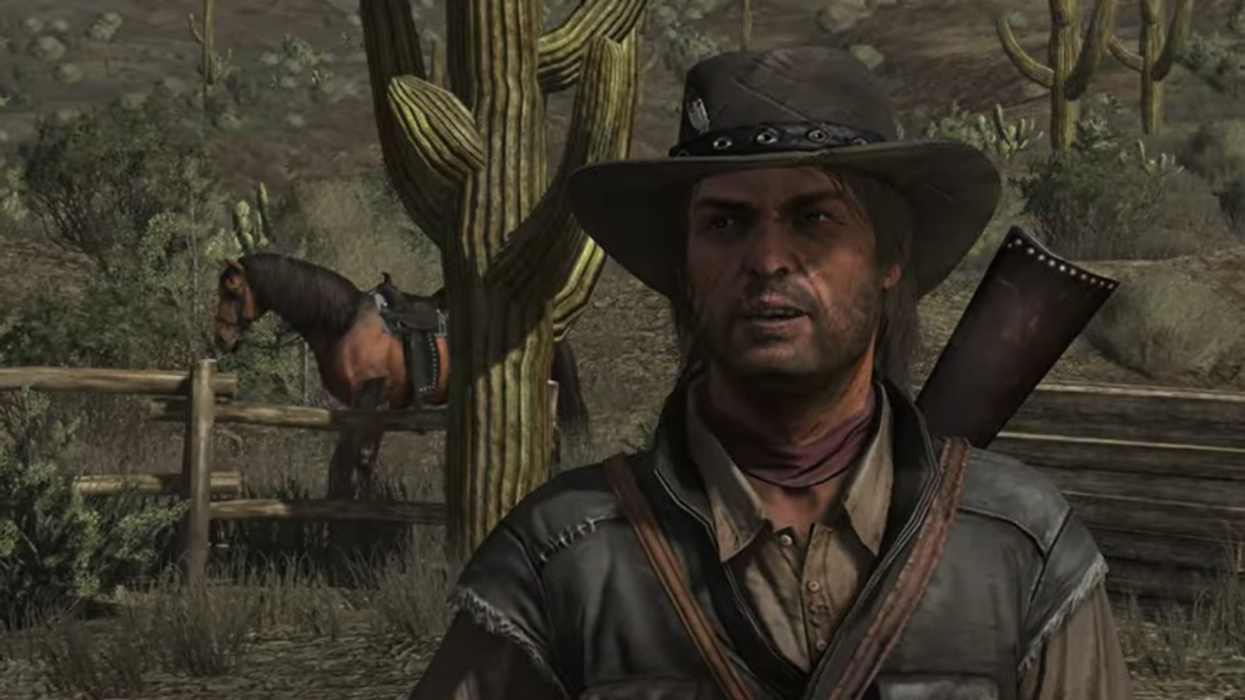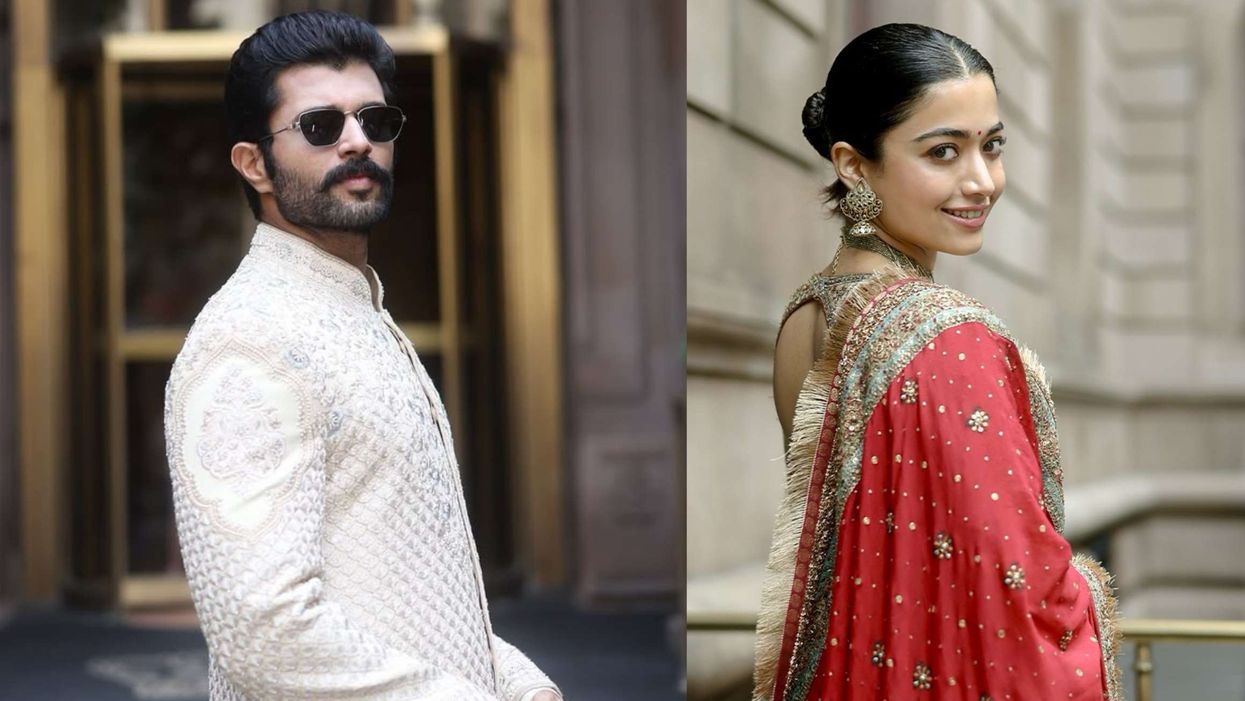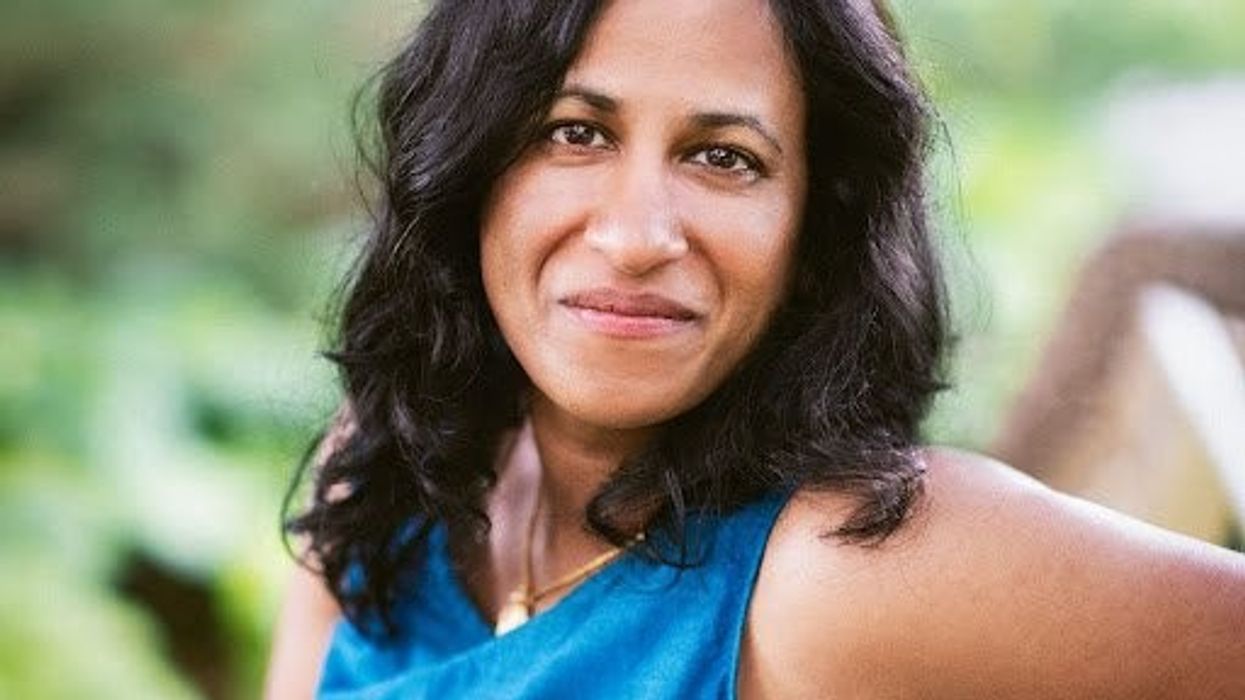We all know that social media plays a very important part of a celebrity’s life. Celebs connect with their fans through social media, but most of the time, many celebs have to face a lot of negativity and trolls.
Well, in the past few days, a lot of negativity has been going on Twitter and a lot of celebs decided to deactivate their Twitter account. So, today let’s look at the list of celebs who decided to take a break from Twitter…
Sonakshi Sinha
After Sushant Singh Rajput’s demise a lot of people social media are targeting star kids. Sonakshi Sinha is one of the star kids who was also facing a lot of trolls. Due to this negativity, she decided to take a break from Twitter. She had posted on Instagram to inform her fans about it.
Saqib Saleem
Actor Saqib Saleem too decided to deactivate his Twitter account. His last tweet read, "I am Breaking Up with you Twitter. Hey Twitter, when we met for the first time, you were a lovely. A great platform to express feelings, gather knowledge and understand many different points of view. But, of late you seem to have gotten lost in all the hate everyone is so ready to throw at each other, a place of bullies, a place where abusing people is a normal code of conduct."
Zaheer Iqbal
Notebook actor Zaheer Iqbal has also bid adieu to Twitter. His last tweet read, “Goodbye Twitter.”
Aayush Sharma
Salman Khan’s brother-in-law, Aayush Sharma has also deactivated his Twitter account. He posted a screenshot on Instagram which read, “280 characters are less to define a human being. But 280 characters are more than enough to spread fake news, hatred and negativity. Didn’t sign up for this nasty herd mentality. Khuda hafiz.”
Shashank Khaitan
Filmmaker Shashank Khaitan has said goodbye to Twitter. He had posted, “Done with twitter…just a breeding ground for hate and negativity … very sad that a platform so powerful, could not be used to create a better world…praying for peace and love always…deactivating my account now.”




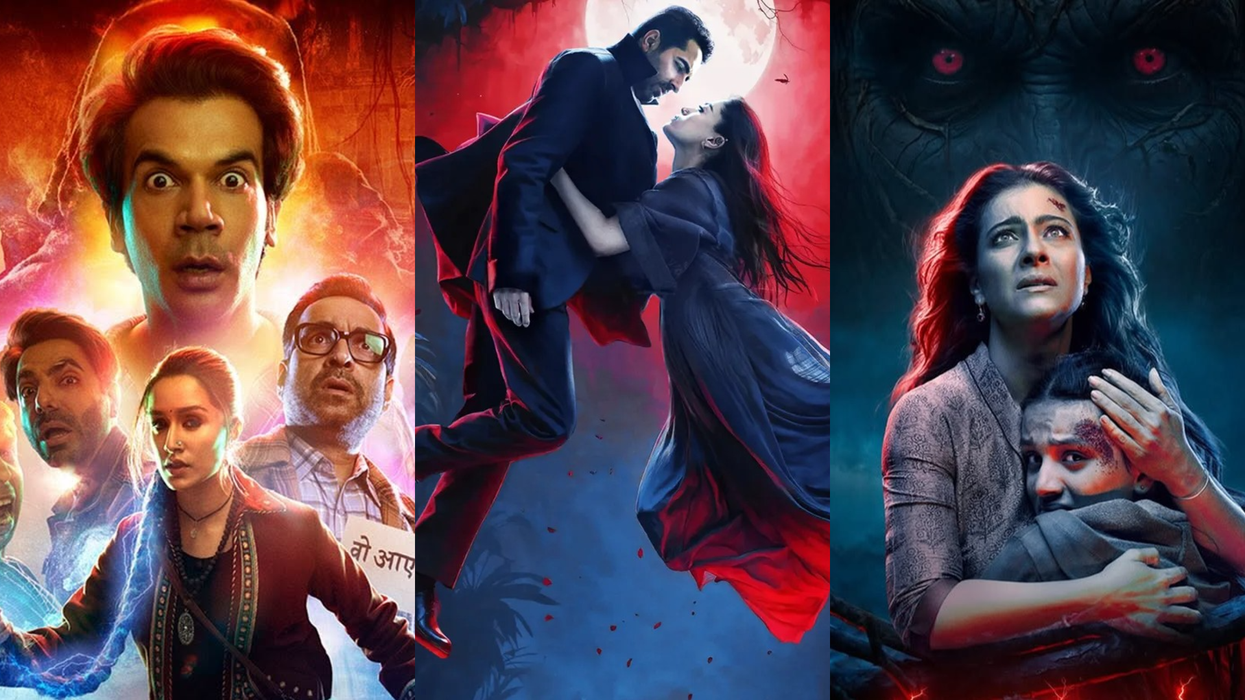
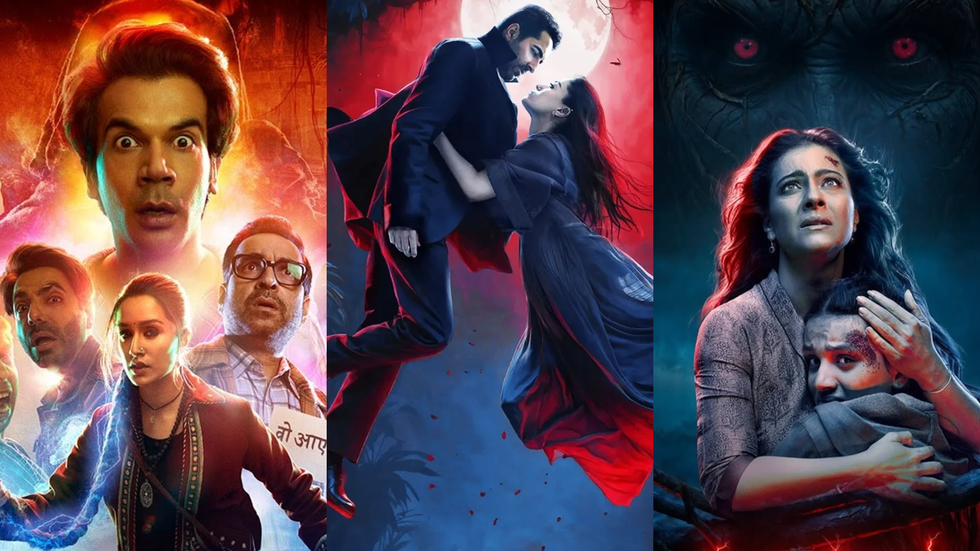 The horror revolution: How Bollywood turned ghosts, goddesses, and gore into gold Instagram/thammamovie/netflix_in/maddockfilms
The horror revolution: How Bollywood turned ghosts, goddesses, and gore into gold Instagram/thammamovie/netflix_in/maddockfilms 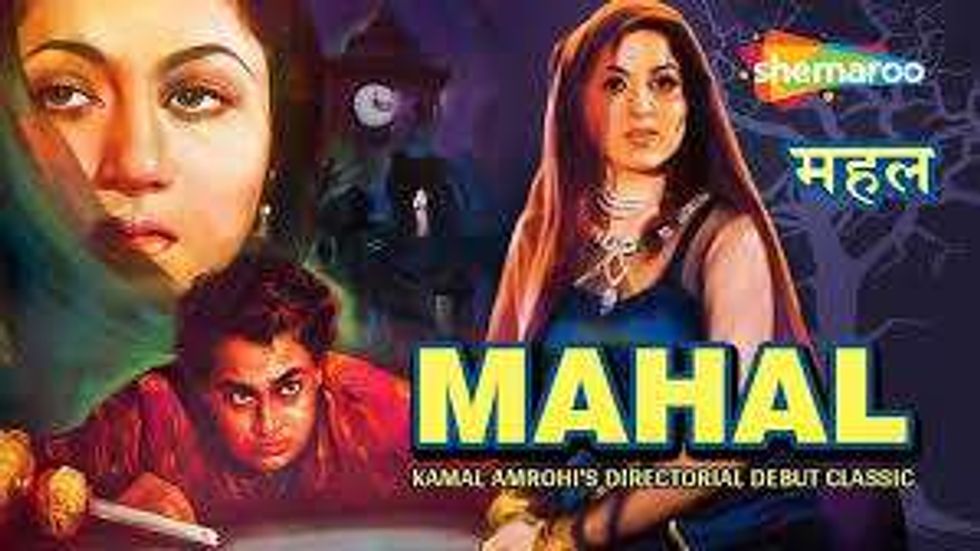 Kamal Amrohi's Mahal Youtube Screengrab
Kamal Amrohi's Mahal Youtube Screengrab



